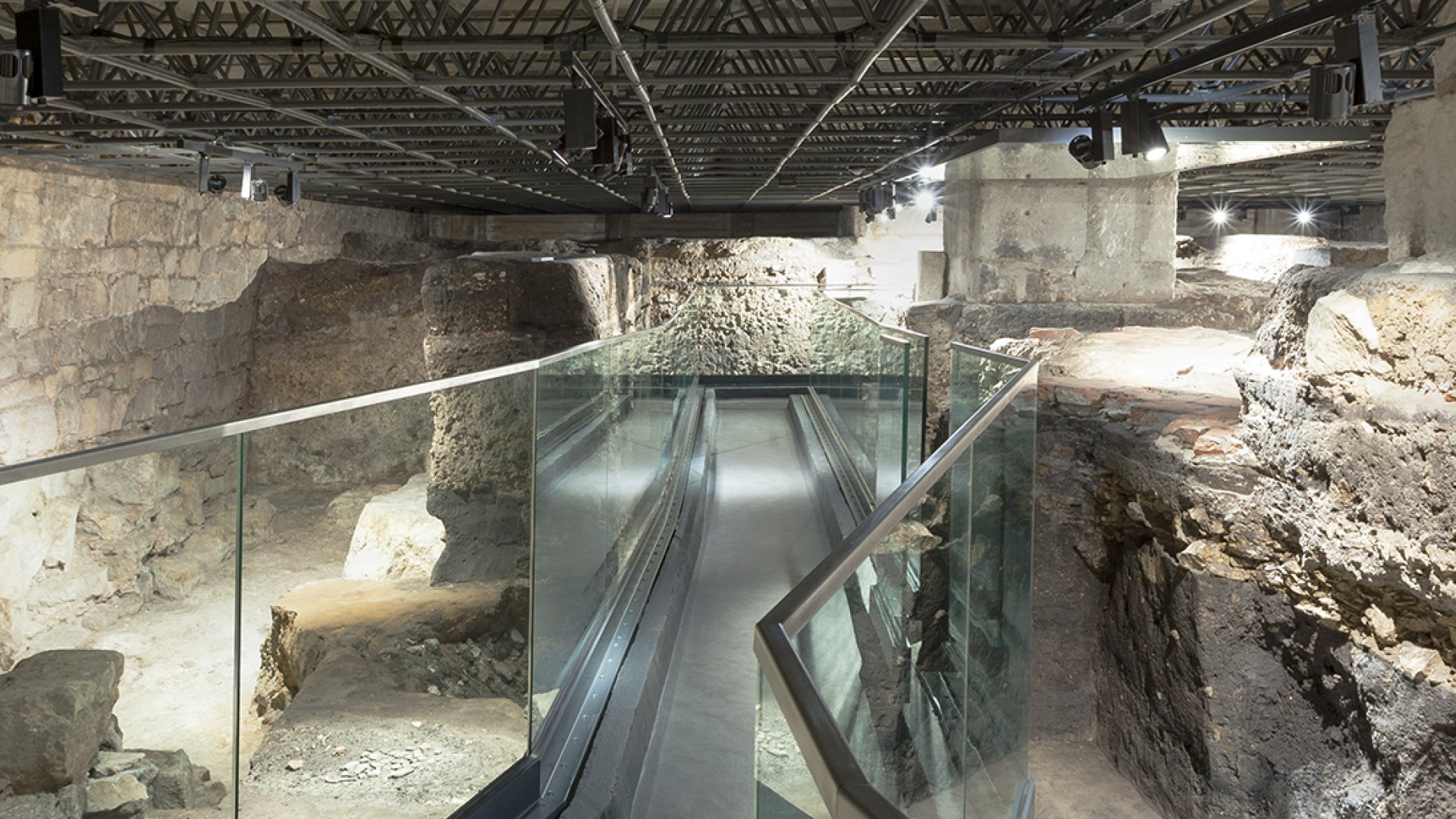The Archaeological Museum in Wiślica, a branch of the National Museum in Kielce, is a place of exceptional significance for history and archaeology enthusiasts. Located just 15 km south of Busko-Zdrój, it makes an excellent destination for guests of the Bristol Hotel who wish to explore the region's rich past.
History of the Museum in Wiślica
The Wiślica branch is an archaeological and historical museum, established on May 20, 1966, at the initiative of the Polish Medieval Research Team. Its primary goal was to collect, make accessible, and promote movable artifacts obtained during archaeological research conducted between 1949 and 1964. An essential aspect of the museum's work also became the preservation and exhibition of architectural relics, including the Church of St. Nicholas with its hypothetical baptistery and archaeological materials discovered in the basement of the Collegiate Church.
Initially, the museum was located on the ground floor of the Cultural Center, and in 1964, the Archaeological Pavilion was created to protect the remains of the Church of St. Nicholas. In 1981, there was a proposal to relocate the museum to the Brotherhood of the Rosary House, but this project did not come to fruition. Another opportunity for development arose in 1986, when the renovation of the Archaeological Pavilion was initiated, although this unfortunately worsened the building's condition. In 1999, the museum was transformed into a municipal department, and its headquarters were moved to the Długosz House, where it underwent a thorough renovation. Since 2016, the museum has functioned as a branch of the National Museum in Kielce.
Collections and Exhibitions
The museum boasts unique exhibits that testify to the rich history of Wiślica as an important religious and cultural center. Among the most significant objects are:
- Remains of the early Romanesque Church of St. Nicholas, dated to the 11th century, along with an adjacent tomb chapel and a hypothetical baptistery, possibly from around 880.
- The Orant Slab, a unique 12th-century gypsum floor depicting kneeling figures in prayer, considered one of the most valuable pieces of Romanesque art in Poland.
- Długosz House, a Gothic townhouse founded by Jan Długosz in 1460, which now serves museum and exhibition functions.
- The Wiślica Basilica, founded by Casimir the Great, which played a key role in Polish history as the site of the announcement of the Wiślica Statutes in 1347.
- The Bell Tower, founded by Jan Długosz in 1460, adorned with a heraldic frieze and serving a defensive function.
Interesting Facts
- The crypts of the Basilica conceal the remains of two Romanesque churches. The first, dated to the 12th century, contains a unique engraved crypt floor known as the Orant Slab. The second church dates from the 13th century and features a richly decorated floor made of enamelled ceramic tiles.
- Near the museum, there is also an early medieval settlement located about 500 meters east of the Main Market Square. Excavations at this site have uncovered traces of former settlements and fortifications.
Practical Information
The Archaeological Museum in Wiślica is open to visitors throughout the year. A visit to the museum offers a great opportunity to expand one's knowledge of the region's history and admire its unique artifacts. It is recommended to include the museum in your itinerary to better understand the history and culture of the Ponidzie region. Opening hours may vary depending on the season, so it is advisable to check the current information on the museum's official website before your visit.



